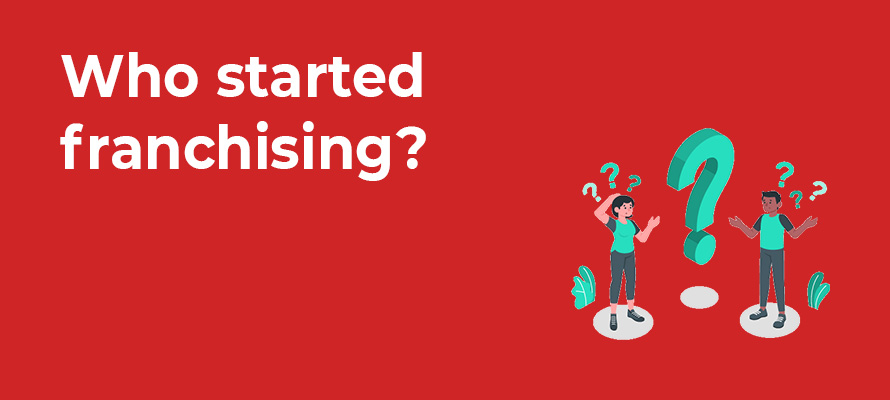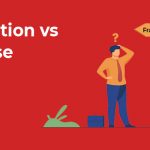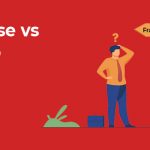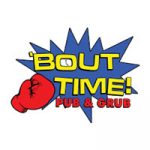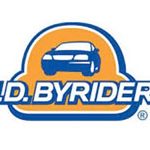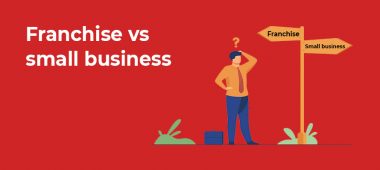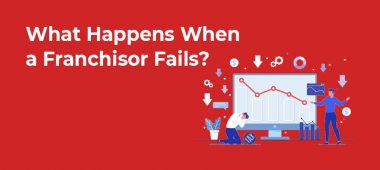Franchising has been a part of the world of business and profit for a long time. The word franchising itself has been explicitly explained in another article. This article is dedicated to uncovering the history behind franchising. How it has become an integral part of society as a whole now.
What is the oldest example of franchising?
The oldest example of franchising dates to the middle ages, according to most books and mediums. It can be traced back to the early 1500s, right when feudal lords and political marriages ruled the world. The world was already being run by money and influence, and large companies were already a thing.
The middle age was not only haunted by wars – which are always a part of the society, no matter what age or era – but also by famine and plagues. Because so many famines took place all around the globe, food became scarce.
An insight into the past
Wealthy families that controlled land that had access to an abundant amount of food quickly gained influence as well as amassed a massive amount of wealth.
These families then proceeded to open shops and became large companies – or used that influence to become nobles and serve the empire they were a part of.
This incident marked the era that allowed noblemen to be decided based on how much they contributed to society. The influence they received was based on their contribution, or tax, to the government. You must have noticed how similar the system is to what it is right now.
The first “Lords” were given the power to create armies in their respective areas and to levy their custom tolls and taxes – from which a pre-determined portion would send back to the empire. It is fundamentally what the new franchises do right now too. Historians claim this is the oldest recorded example of franchising.
The original aim of the empires was to break the responsibilities of the crown into several smaller, more manageable parts so that it would be easier to manage the kingdom – but it gave rise to franchising – a concept that stands even today.
How did franchising become what it is today?
Franchising has become such a far-fetched concept nowadays, that it has expanded to more than 80 different industries. From automobile sales to travel agencies, eCommerce, fast food, to real estate and travel agencies, franchising has helped raise countless business empires, and jumpstart entreprenerd careers.
Franchising performs variably in different industries. Franchisers account for the most sales in tax preparation and almost half of the sales in restaurants and lodging.
United States – Sewing machines
In the United States, the oldest recorded example of franchising is by Isaac Merrit Singer in 1851: the first American product name franchisor who began selling the rights to sell sewing machines to homemakers. The Singer was able to patent the concept of sewing machines and eventually founded the I.M. Singer & Company. Although sewing machines were generally in use by then, Isaac’s machines were able to sew 900 stitches per minute, which was an impressive number.
Because technology was an innovation not everyone could afford at that time, most housewives usually sewed by hand, resulting in fewer significantly fewer stitches per minute. The overall efficiency of women who worked in factories sewing was drastically lower than the same women if they were given a sewing machine.
Merit’s stitching machines cost 120 USD apiece, which roughly translates to 4000 USD by today’s standards. It was an extremely high price to pay for a single person’s worth stitching, especially at face value.
At that time, one of Singer’s partners were able to figure out the system of installments, and they implemented that with the help of a few laws and regulations.
Licensing sewing machines
Because sewing machines were expensive at face value, and it was too unreliable to levy the system of installments without legal support, licensing was made.
Merit and co. would go around the state, finding potential licensees who would want to buy the rights to sell sewing machines in their areas. These licensees, once they had paid their advanced down payment – would be able to sell sewing machines of their own accord.
One unique rule that Singer and his party had set for their licensees, however, was that they would teach the consumer how to use the machines. It is ideally a form of advertisement, with an always-positive return on investment (ROI).
Colonial Period – Franchise Kings
During the colonial period, the local lord would authorize different individuals to hold markets and perform a variety of actions on their lands, so long as they paid a premium to the crown. They would also gain the favor of the ruling party by paying them a tribute – a concept that is very much present in today’s franchising as a brand name and protected territory.
United States – Coca Cola
No company has stood the test of time better than Coca Cola. Coca Cola has become one of the most prominent figures all around the globe. Coca Cola was founded in the late 1800s, and even two centuries later, the company has a 32 billion USD revenue.
Coca Cola was undoubtedly one of the earliest players in the field of franchising, and one of the most prominent ones at that too. Although the oldest beverage company to use franchising was SPATEN – in the early 1840s – Coca Cola has been the more favorable player for most historians. SPATEN still exists as a trading name, even now.
What changed the game?
The biggest changer behind franchising was probably the automobile industry. Ever since the industrial revolution – when trains became available to the general public – more people were waiting for the automation of vehicles to make their transport easier, even without train tracks.
The mass-production of the automobile industry for the general public made it easy for big players to enter the market. Henry Ford was the first such person to take a stride and somehow pioneered a way to mass-produce automobiles.
Even though he had a lot of automobiles to sell, the number of customers that could afford to buy such luxuries was minimal. Cars were being sold through mail-order catalogs those days. Going door-to-door, and mail-order catalogs just wasn’t a viable method to sell vehicles, because it was hugely inefficient.
Eventually, Henry Ford and other business people in the same industry were able to find a distribution system through car dealerships. They were able to implement an automobile franchise network and sold rights to sell automobiles to their partners and dealers.
Martha Matilda Harper’s Hair Parlour
The first female franchisor to ever be historically recorded is Martha Matilda Harper. She opened her parlor and was able to replicate the concept of franchising throughout her neighborhood successfully.
Martha Matilda Harper was also one of the early adopters who were able to figure out that customer service and comfort translated to better sales for the company. Do note that the company started back in 1891.
Harper eventually offered “low-cost franchise opportunities” – a concept which roughly translates to cheap franchising of her salon services, and brand name for other cities. Harper is still an entrepreneurial inspiration to a lot of females all around the globe.
The mid-1900s was a turning point.
The mid-1900s was a huge turning point for a lot of companies, even those that currently exist big-time. Big franchise chains and fast-food restaurants like KFC, McDonald’s, and Burger King were established during that era.
You can find KFC and McDonald’s in almost any city all around the globe. It is because they were able to adapt and successfully replicate the effects of franchising. Both parties are billion-dollar companies, providing thousands of jobs every year.
If anything, it was because of these companies that franchising has become such a famous and popular trend nowadays.
Current Franchisor facts
More than 3000 (3383) franchisors actively operate in the United States alone. There are probably many times more franchisors in the global market. One out of seven businesses in the United States is a franchise. It means that each company has a 14% chance of becoming a franchisee any day.
The franchising business model currently directly supports tens of millions of jobs and yields at least 700 billion USD of economic output. Although each franchiser asks for different down payments, the average for each franchise is almost always less than 250,000 USD.
Shockingly enough, only 37% of franchises are classified as food-related brands. It is a somewhat surprising figure considering you can find a food chain down every other road in the United States.
Franchisees survive much longer in the market than independent shops, mainly because the ROI on independent advertisements and promotions is significantly lower than paying the down payment on franchisers and using their brand name and techniques for improved sales.
Ben Franklin stores are also some of the oldest examples of franchising in the United States.
Final Verdict
We hope that this historical article on franchising helped you understand the entire concept.
